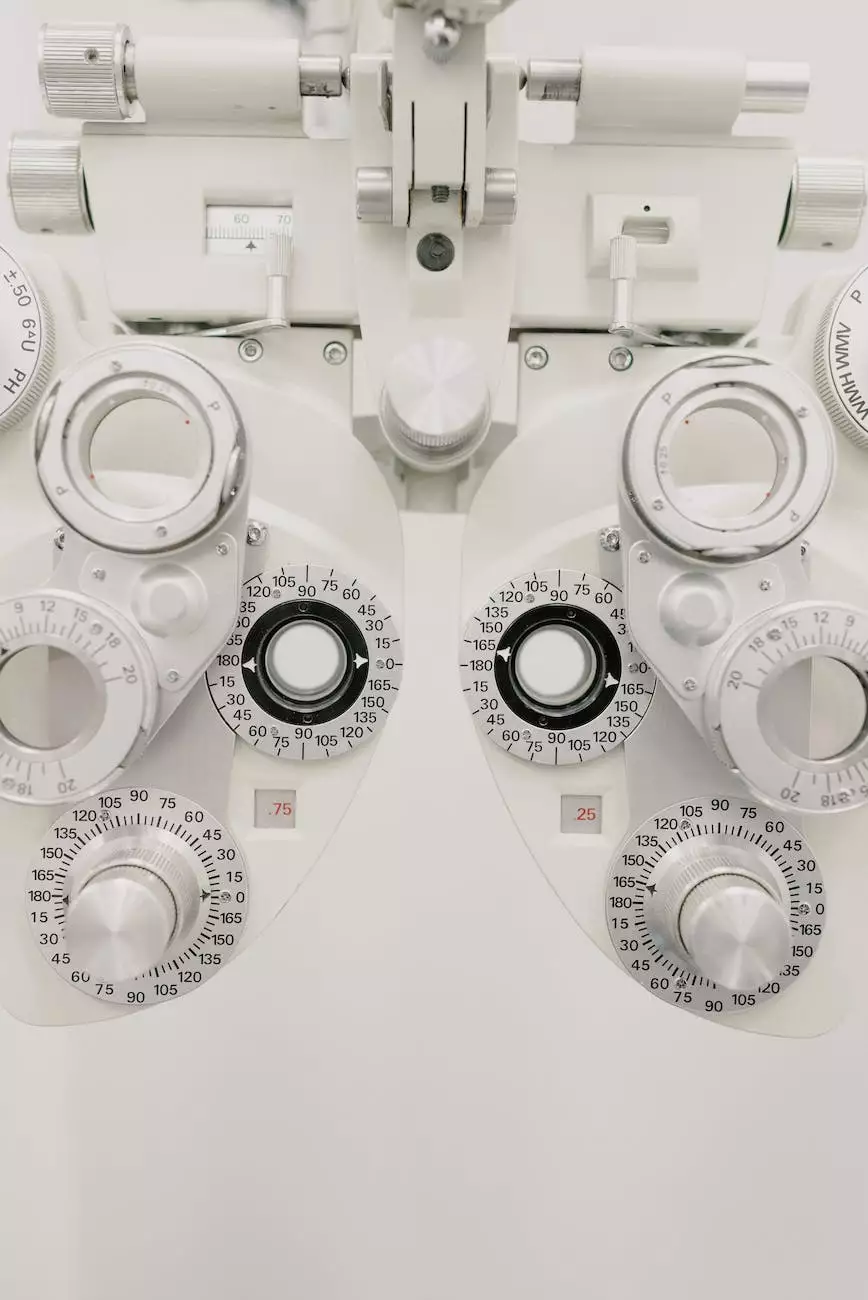Glucose Sensors: How Do They Work?
Health
Welcome to MUIR DIABLO OCCUPATIONAL MEDICINE, your trusted source for comprehensive occupational health solutions in the Health industry. In this article, we will explore the fascinating world of glucose sensors and their vital role in managing diabetes.
The Importance of Glucose Sensors
For individuals living with diabetes, glucose sensors play a crucial role in monitoring blood sugar levels. These small, innovative devices provide accurate and real-time data, empowering patients to make informed decisions about their health.
How Glucose Sensors Work
Glucose sensors, also known as continuous glucose monitoring (CGM) systems, consist of three main components: a sensor, transmitter, and receiver.
The Sensor
The sensor is a small, disposable device inserted under the skin, typically on the abdomen or arm. It measures glucose levels in the interstitial fluid, which closely reflects blood glucose levels.
Transmitter
The transmitter is connected to the sensor and wirelessly sends glucose readings to the receiver. It effectively communicates vital information without the need for constant manual input.
The Receiver
The receiver is a handheld device or smartphone application that displays continuous and accurate glucose readings. It provides visual alerts and alarms to notify users of any abnormal glucose levels.
How Glucose Sensors Improve Diabetes Management
By continuously monitoring glucose levels, glucose sensors offer several benefits for individuals managing diabetes:
- Real-Time Data: Glucose sensors provide up-to-date information, allowing individuals to promptly address fluctuations in blood sugar levels.
- Trend Analysis: The sensor data can reveal patterns and trends in glucose fluctuations, helping individuals and healthcare professionals identify potential triggers and adjust their treatment plans accordingly.
- Reduced Hypoglycemia and Hyperglycemia: Early detection of low or high blood sugar levels can prevent dangerous complications such as diabetic ketoacidosis or hypoglycemic episodes.
- Improved Quality of Life: Glucose sensors offer peace of mind and reduce the need for frequent fingerstick tests, allowing individuals to focus on their daily activities and enjoy a better quality of life.
Choosing the Right Glucose Sensor
With various glucose sensor options available in the market, it's essential to consider certain factors when choosing the most suitable device for your needs. Here are some key considerations:
- Accuracy: Look for sensors known for their accuracy and reliability in glucose monitoring.
- User-Friendliness: Consider devices that are easy to use and provide a seamless user experience.
- Compatibility: Ensure that the sensor is compatible with your preferred receiver device for convenient data management.
- Cost: Evaluate the cost-effectiveness and affordability of the sensor while keeping in mind potential insurance coverage.
- Additional Features: Some sensors offer additional features such as customizable alerts, mobile app integration, or data sharing options. Consider your specific needs and preferences.
Consulting with Healthcare Professionals
It's crucial to consult with your healthcare provider or diabetes specialist before choosing a glucose sensor. They can provide valuable insights and help you make an informed decision based on your unique medical history and requirements.
Conclusion
In conclusion, glucose sensors are powerful tools that revolutionize diabetes management. MUIR DIABLO OCCUPATIONAL MEDICINE recognizes their significance in empowering individuals living with diabetes, and we are committed to providing up-to-date information and innovative solutions in the Health industry. With the accurate and real-time data provided by glucose sensors, individuals can take control of their health and live their lives to the fullest.
Contact MUIR DIABLO OCCUPATIONAL MEDICINE today to learn more about glucose sensors and how they can contribute to your overall well-being.



